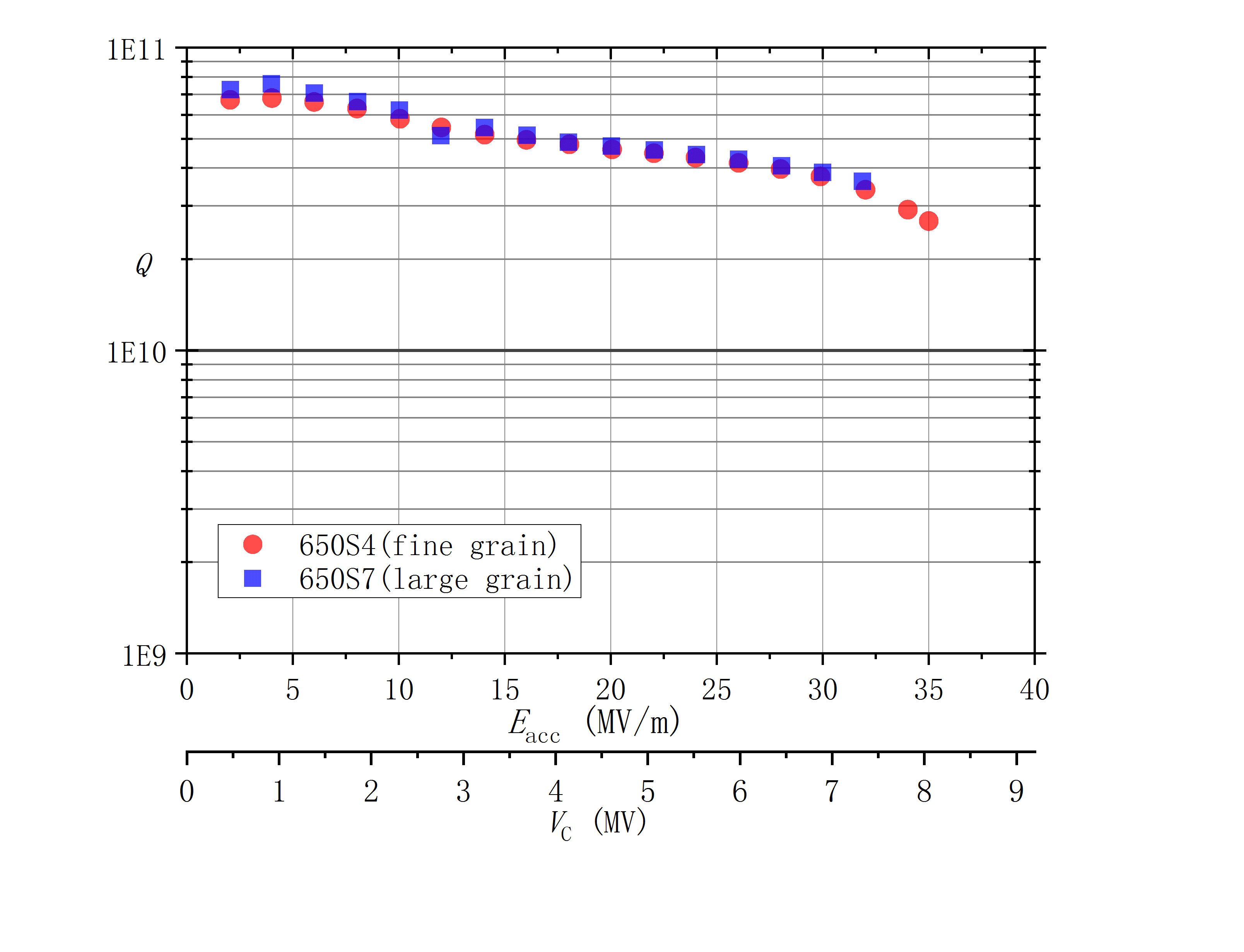CEPC Industrial Promotion Consortium Established
Over forty domestic entrepreneurs gathered at the Institute of High Energy Physics (IHEP) and announced the establishment of an industrial promotion consortium for the Circular Electron Positron Collider (CEPC) Project on Nov. 7th 2017.
The CEPC Industrial Promotion Consortium (CIPC) will aim at promoting research progress, coordinating technology pre-research, organizing joint efforts in R&D for key technologies, and speeding up the industrialization of accelerator technology.
By participating in the construction of this large science facility, these entrepreneurs will improve their abilities in innovation and manufacturing, making it a win-win situation. It is expected that the domestic market of the entrepreneurs could be expanded, as well as opening a door to the international market, as they could become equipment suppliers for well-known international facilities.
Many of CEPC's key technologies, such as superconducting RF acceleration and high-Q superconducting RF cavities, will inevitably need to be developed for future accelerators. High-efficiency microwave power sources and large-scale refrigerators can be produced in China, which means the barriers for importing this kind of equipment could be broken down.
Some strategic cutting-edge technologies such as cryogenics, precision mechanisms, vacuum, electronics, radiation-resistant chips, automatic control, computers, etc., can achieve international leadership. In particular, high temperature superconducting wire and superconducting magnets are expected to lead the world, resulting in great economic and social benefits.
The establishment of the Industry Promotion Association can co-ordinate and bring together the strengths of the scientific community and the business community in the design of CEPC-SppC, pre-key technology research and industrialization development, as well as policy research and promotion of the project.
Developed countries have invested heavily in the construction of various types of large-scale scientific facilities, such as the well-known Hubble Space Telescope, the Large Hadron Collider at CERN, the Laser Interferometer Gravitational-Wave Observatory (LIGO) in the United States, Japan's Super Kamioka Neutrino Detector and so on.
These multi-billion-dollar investments have not only brought about fruitful scientific returns but also led the development of technology. One of the most famous examples is the World Wide Web, invented by CERN to solve the problem of data sharing between scientists. Internationally, there have been some studies on the input-output ratio of large scientific devices. For example, the input-output ratio of the large accelerators used for high-energy physics research is generally accepted to be around 1:3, that is to say, for each yuan invested, three yuan are generated.
CEPC-SppC is becoming a large international science project. The International Committee for Future Accelerators (ICFA) and Asian Committee for Future Accelerators have stated their support for research on energy frontier circular colliders and for global collaboration. To date, IHEP has signed MOUs on the CEPC project with over twenty institutions and universities. An International Advisory Committee has been founded and annual review meetings and related workshops are held every year.
Since the idea of constructing CEPC-SppC was proposed in 2012, IHEP has been promoting the design and pre-research of the project. In 2015, the preliminary concept design report was completed. With the assistance of the State Key Research and Development Program under the Ministry of Science and Technology, the project team has made fruitful progress in terms of accelerator physics design, superconducting accelerating cavities, klystrons, beam measurement, key technologies for linear accelerators, and key detector technologies. The CEPC-SppC conceptual design report will be completed by the end of 2017, laying a good foundation for producing the technical design report in 2018.
Contact Information
Mr. Guo Lijun
ljguo@ihep.ac.cn

